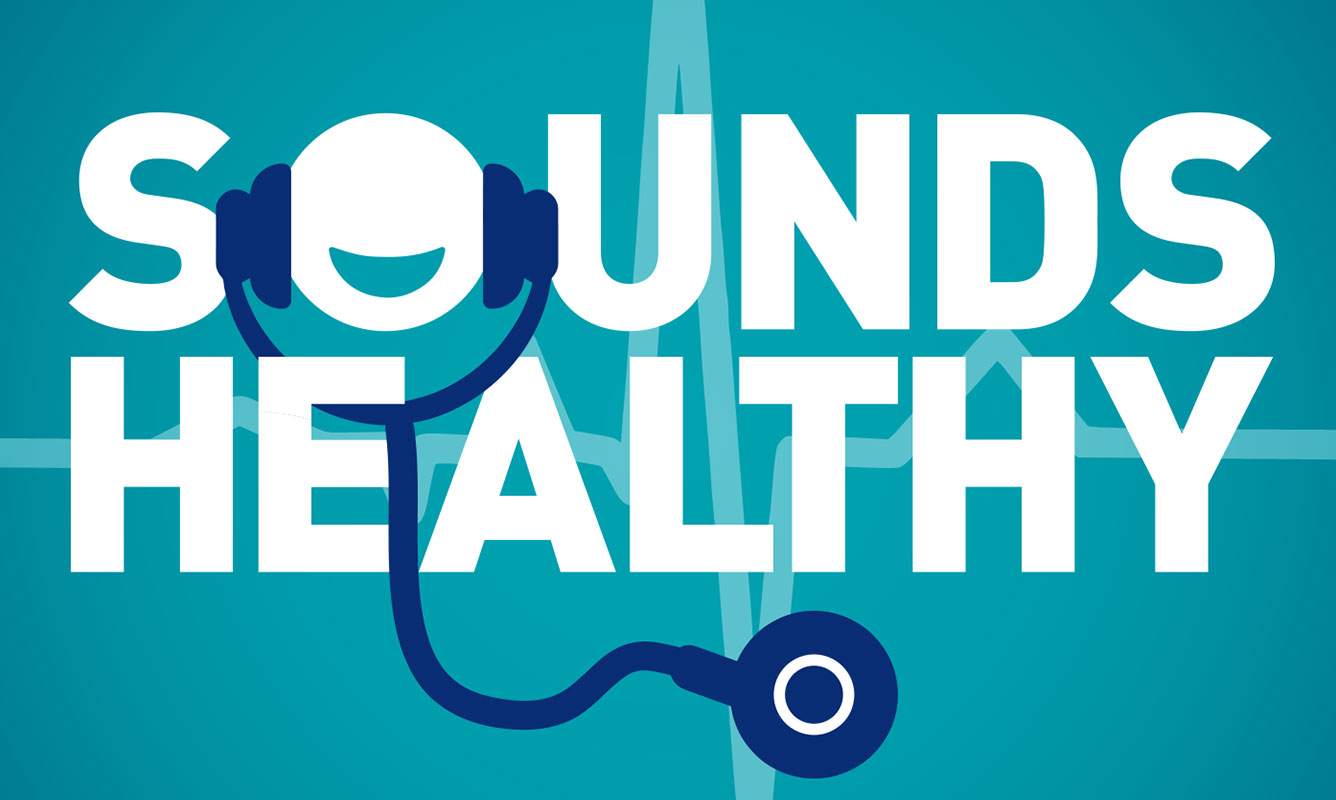There’s no place like Hospital at Home
In one of the few silver linings of the COVID-19 pandemic, some patients are now able to choose hospital-level care in the comfort of their homes through a new program offered by University Health: Hospital at Home.
The innovation sparked by desperate need hearkens back to a very old concept: house calls – but supported by modern technology.
One of the first patients to benefit from this new program was Sonia Mata, who needed several days of infusions to control the eyesight-damaging optic neuritis triggered by her lupus.
Mata had been worried about coming to the hospital for her treatment during the pandemic. With Hospital at Home, she didn’t even have to stay one night. She received her treatments at home from a visiting nurse who also connected her with a doctor every morning. They’d come back in the afternoon for another check-in, every day, Aug. 3 through Aug. 7, until she was discharged. “They were angels,” she said.
So far program participants include COVID-19 patients, neurology patients, transplant patients, new mothers, podiatry and surgery patients. They have conditions that require hospital-level care, but are stable enough to be monitored from home. In their own homes they can move about more than they could in a hospital room, which also helps their recovery, said Charles Reed, vice president and associate chief nursing officer, clinical excellence and ancillary services.
“The patients are so much happier not sitting bored in a room, or fearful of being in a hospital with other sick patients, and they’re not laid up in a hospital bed,” Reed said.
Another advantage of home over hospital during a pandemic: patients can set their own visitor guidelines.
“I was surrounded by my loved ones,” Mata said. “If I had been in the hospital they wouldn’t have been able to come see me.”
Patients in the program get two visits a day from nurses who check vitals, upload their information, and help them communicate with a physician through telemedicine. The nurses also administer infusions and help with medications. Patients have a dedicated nurse line they can access 24 hours a day, and they also take their own readings, like blood pressure and oxygen levels, that upload into a monitored system several times a day. Some wear a biosensor that continuously and remotely monitors their temperature, breathing and coughing pattern, and even their activity levels, which is especially important for the COVID-19 patients. If a number is outside the normal range, it triggers a call from a nurse.
Dr. Robin Brey, Mata’s neurologist at University Health, and chair of the neurology department at UT Health San Antonio, said Hospital at Home has turned out to be a great option for several neurology patients.
“This was perfect, because we were able to see her in clinic and get everything set up, and she was able to go home and start her treatment there.
“Our hospitals are full,” Brey said. “With COVID, visitors are severely limited. Patients are stuck in their room and can’t have their family around.”
Hospital at Home was created in November 2020 by the Centers for Medicare & Medicaid Services as a way to increase capacity in U.S. hospitals. It was authorized for a limited number of medical conditions through a CMS waiver, and created flexibility in federal hospital regulations so that systems could provide inpatient-level care for qualifying patients in their own homes.
To qualify for Hospital at Home, a patient needs to live within 20 miles of the hospital, have a home situation that is deemed safe and be in stable condition. If their condition begins to deteriorate, they can quickly be brought back to the physical hospital. WiFi is not a requirement – University Health equips them with tablets that have cell service.
“University Health applied for the Hospital at Home program and was approved to adopt it in March 2021 to provide hospital-level care in the comfort of patients’ own homes,” said Dr. Anna Taranova, deputy vice president of research and healthcare innovation at University Health. The University Health team then set about creating the systems and identifying the staff that would allow for the 24-hour care.
Created for coping with COVID-19, the new Hospital at Home program promises a new option for care beyond the pandemic.
“I think even if COVID were not a concern, for patients who are stable but still need hospital care like IV treatment, this is still a better option,” Brey said.
Since the first Hospital at Home patient entered the program in July, 17 patients have qualified, opening up more than 45 days of available hospital beds. University Health hopes to be able to continue to offer the program after the pandemic.
“This is proving effective at keeping people out of the hospital or reducing their stays, freeing beds in the hospital for much sicker patients,” said Ed Banos, University Health’s chief operations officer. “These are still inpatients, getting the care they need in the settings that are comfortable for them and their families.”



